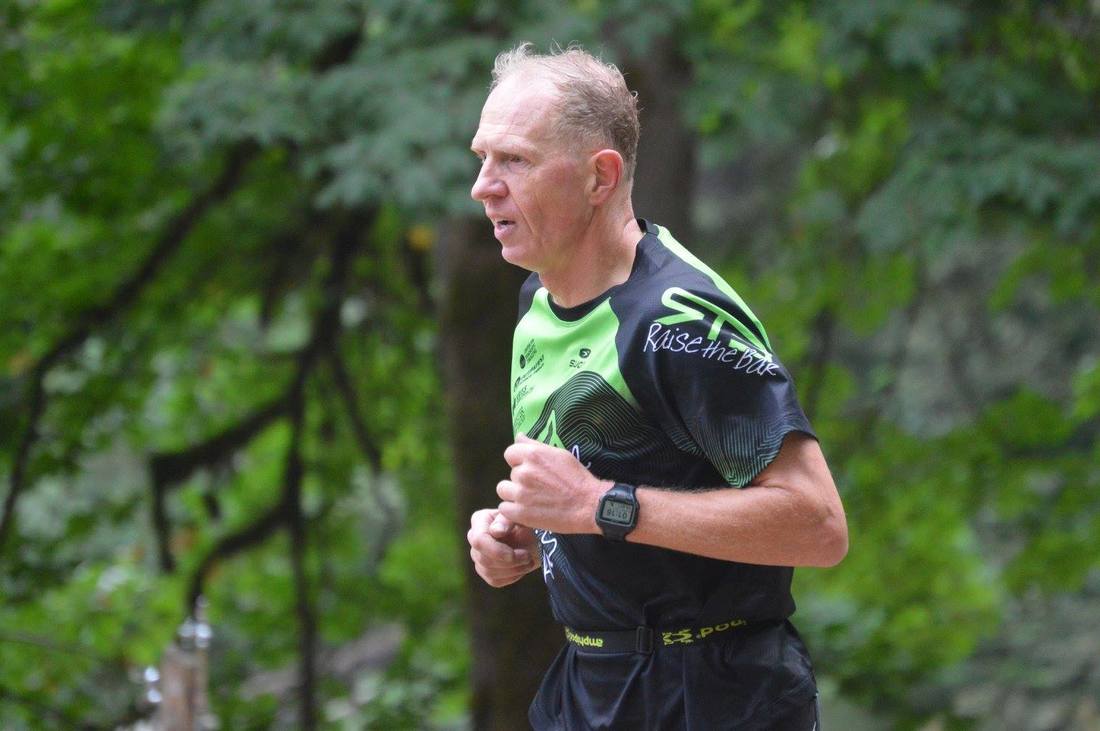 By Lance Hester Last week RTB Sponsor, The Hester Law Group introduced us to the reality of needing to be prepared to respond if a pedestrian or cyclist is injured by a negligent driver in Washington. This week more information is provided on how to respond if you or a loved one is the victim of someone else’s negligence. There is really only two big issues in most negligence cases. The first is determining whether someone or some entity (or combination of someones and entities) is at fault. The second is how much your injuries are worth – including the expenses incurred as well as general damages for your pain and suffering. I’ve already addressed the first of these two. Here’s a little bit about getting things paid. Carrying liability insurance is the law in Washington State. Unfortunately, it’s a law that is often ignored; and it is a law that often has some of our worst drivers carrying the mere minimum. That minimum is $25,000.00. Unfortunately for cyclists, when we get hit by cars, it doesn’t take much for the medical bills to exceed $25,000.00. So what’s an athlete to do? First, carry Uninsured/Underinsured Motorist coverage on your own automobile policy. And carry as high of a limit as you can afford. And, be prepared to respond if you are victimized.There are really only two things for you to take care of as soon as possible if you are hurt by someone else’s negligence: 1. Gather whatever information and evidence is available (or have a friend do it); and, 2, hire a lawyer. If you’re in a bike crash, keep the mangled bike; keep torn clothing; take pictures of the scene or intersection, get the names of everyone you can who saw it, and, of course, who caused it. Figure out which fire department helped out; and what police officer responded, and an incident number. As soon as you can, research and retain an experienced personal injury attorney. In most cases it won’t cost you anything up front as most of us work on a contingency fee basis. A good firm will promptly notify all relevant parties to communicate with the lawyer, not the injured client. Your lawyers office will determine who should be responsible to pay, and will analyze what insurance sources are available. If PIP coverage exists, many bills will be covered immediately. Other bills may have to be managed with a lien against a future settlement. These are the kinds of things attorneys can do to help you focus on healing while the details of managing the case are taken care of largely outside of your view. Your lawyer will work with you to optimize the recovery obtained in your case. You will collaborate with him on many issues. And you will keep each other mutually informed of your progress. Be patient, because your case will only be settled once, and that shouldn’t happen until you and your lawyer are content understanding whether you have completely healed, or at least have an excellent view of what that will look like and how long that will take. When it comes time to either settle or go to trial, your lawyer will account for all of your expenses, your health insurance’s subrogated interest, any lost wages claims, and your pain and suffering. A lot goes into this analysis, including the attorneys own experience with similarly injured clients, and jury verdict research. At this juncture the attorney should be willing to do whatever is in his client’s best interest. Sometimes that means filing a lawsuit and navigating the case toward a trial. At other times this means making a demand to the insurance company and pursuing an early settlement. Meanwhile, don’t take crosswalks for granted. Ride, walk and run through even the most controlled intersections defensively and with keen awareness, for the majority of cycling and pedestrian injuries are caused by negligent drivers in crosswalks. Comments are closed.
|
Raise the BarRace reports, upcoming events, news, and more, from RTB. Archives
September 2023
|
 RSS Feed
RSS Feed




